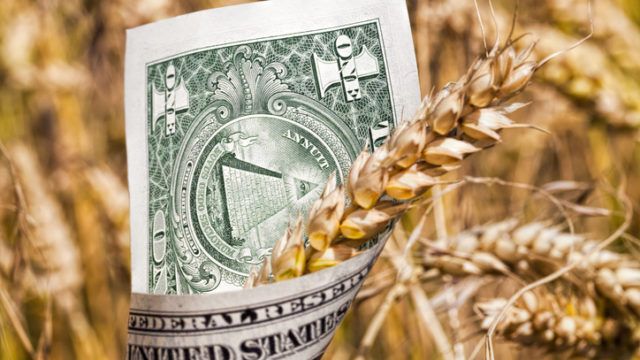Government bond yields have soared recently, with the effects reverberating across the rest of the fixed income market. However, the extent of the increase depends on which part of the market investors are looking at.
Short-dated US Treasuries, for example, which were yielding 0.1% this time last year now yield 2.7%. This follows the market pricing in a series of aggressive interest rate hikes from the US Federal Reserve (Fed), according to Schroders.
The firm also points to the rise in longer-dated yields – although not as significantly – from 2.1% to 3.1%.
With credit spreads also rising, corporate bond yields have risen by even more than their government counterparts. And yields on emerging market debt have all risen too, across hard currency, local currency and corporate.
In line with these shifts, there is increased sensitivity to movement in yields.
“Only a tiny extra rise in longer-dated yields would leave investors nursing losses, thanks to important changes in the structure of the bond market,” said Duncan Lamont, head of strategic research at Schroders.
Despite higher yields, their cushion against losses is still wafer-thin. “But relative value opportunities may be cropping up elsewhere,” he added.
Sensitivity on the rise
Lamont highlights a key trend in bond markets over recent decades: the increased sensitivity of prices to movements in yields.
In 2008, for instance, if the entire Treasury yield curve would have shifted up by 1%, investors in the broad Treasury market would have seen the value of those investments fall by around 5.6%. Today that fall would be 7%, he explained.
“This is most troubling for investors in longer-dated bonds, whose prices are more sensitive to movements in yields – and which have become even more so,” Lamont said.
On the other hand, if yields were to fall, longer-dated bonds would experience a larger price gain than other bonds, and also more than in the past.
New buffers amid thin margins
Ultimately, coupled with the greater sensitivity of bonds to yield movements, only a small further rise in yields would result in losses for many investors.
Schroders believes this is particularly the case for longer-dated bonds.
“A 0.2% rise in long-dated Treasury yields or a 0.3% rise in long-dated corporate bond yields is all it would take,” said Lamont.
As a result, investors who buy long-dated bonds with return as the goal should get prepared to take a more flexible approach, as opportunities open up elsewhere.
A case in point are short-dated bonds. There is now very little difference between short- and long-dated Treasuries. Plus, the market is now aggressively pricing in a more than 70% chance that the Fed hikes rates by at least 2.5% by the end of 2022.
If this fails to happen, yields on more policy-sensitive short-dated bonds could fall, boosting their prices, according to Schroders. At the same time, yields would have to rise by a notable amount for investors to start losing money.
“Relative to both long-dated bonds and cash, the investment case for short-dated bonds has improved a lot,” said Lamont.
Further, at current levels, shorter-dated bonds can also stomach a much larger rise in yields before being vulnerable to losses.
The same is true for high yield and emerging market debt, he added, although they come with additional credit and currency risks.

















